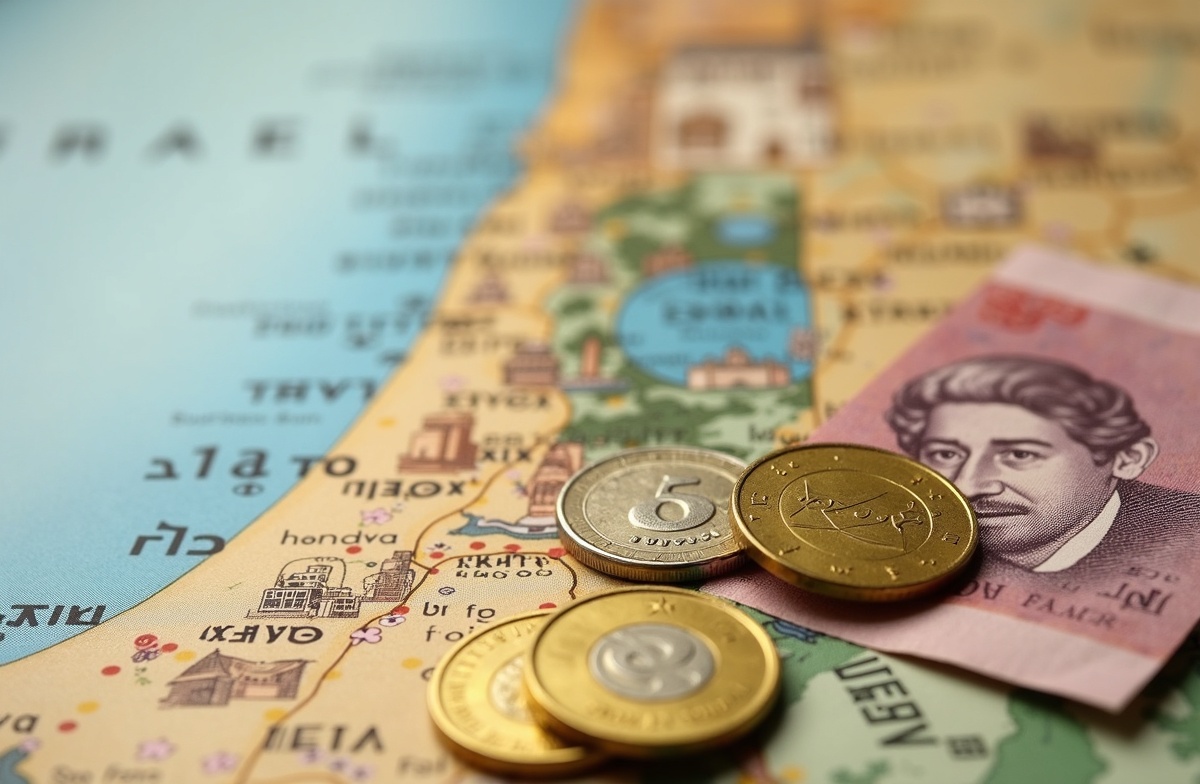Israel’s Currency (Shekel): History and Exchange Rate
Reading time: 5 minutes
Key points:
- History of the shekel and its introduction into circulation.
- Factors influencing the exchange rate.
- Practical significance of the shekel for consumers and entrepreneurs.
- Integration of the shekel into the digital economy.
- Recommendations on current exchange rate and placing ads.
Ancient Roots and Modern Revival
Factors Influencing the Exchange Rate
Ancient Roots and Modern Revival
The history of the shekel dates back to ancient times, mentioned as a measure of silver weight even in biblical times. However, the modern Israeli shekel, as we know it today, was introduced into circulation only in 1980, replacing the Israeli lira. This was a bold decision aimed at strengthening the national currency and combating hyperinflation. In 1985, another crucial monetary reform was carried out, resulting in the new Israeli shekel (ILS), which circulates to this day. Its introduction became a turning point for stabilizing the Israeli economy and laid the foundation for its future growth and integration into global financial markets.
Factors Influencing the Exchange Rate
The exchange rate of the shekel against other currencies, such as the US dollar (USD) and the euro (EUR), is not a constant value. Its fluctuations are influenced by a complex set of economic and political factors. Key among them are the domestic inflation rate, decisions by the Bank of Israel to change the interest rate, export and import indicators, as well as the overall situation in global markets. Political stability in the region also plays a significant role. A strong shekel is beneficial for importers and Israelis traveling abroad, while its weakening can stimulate exports, which positively affects many sectors of the economy, including the services sector and the labor market.
Practical Significance for Everyday Transactions
For the average consumer and entrepreneur, the current shekel exchange rate has direct practical significance. If you are selling or buying goods on a peer-to-peer platform, specifying the price in shekels, you are shaping supply and demand in the domestic market. Understanding the exchange rate helps assess the real cost of imported goods, from electronics to cars. For those who work or conduct business with international partners, monitoring the exchange rate becomes a daily routine, as it directly affects cost, profit, and competitiveness. This knowledge allows for more effective budget planning and helps avoid unexpected financial losses.
Shekel in the Era of Digital Economy
Today, the shekel is actively integrated into the global digital economy. In addition to traditional banking operations, it is used for online payments, international money transfers, and cryptocurrency transactions. The Bank of Israel is exploring the possibilities of creating a digital shekel, which could further accelerate and secure financial transactions in the future. This digital transformation makes platforms like ours particularly relevant, as they allow for instant transactions in a clear language, erasing not only currency but also language barriers between market participants.
Thus, the shekel is more than just a means of payment; it is a symbol of Israel’s economic stability and independence, a living history that continues to evolve. Understanding its past and modern exchange rate trends gives you a real advantage when conducting any financial operations—from renting an apartment to finding a new job. We strongly recommend always checking the current exchange rate before concluding major deals. And remember, by placing an ad on our site, you are not just informing a narrow circle of compatriots. Thanks to the instant translation feature, your offer will be seen and understood by potential clients and partners speaking Russian, Hebrew, Arabic, and English, which significantly increases your chances of a successful and profitable deal.
Frequently Asked Questions
1. What are the main functions of the shekel?
The shekel is used for all financial operations in Israel, including purchases, investments, and international transactions.
The shekel is used for all financial operations in Israel, including purchases, investments, and international transactions.
2. When was the modern shekel introduced?
The modern shekel was introduced in 1980, replacing the Israeli lira.
3. What factors influence the shekel exchange rate?
The shekel exchange rate is influenced by the inflation rate, interest rates, export and import indicators, as well as the political stability of the region.
